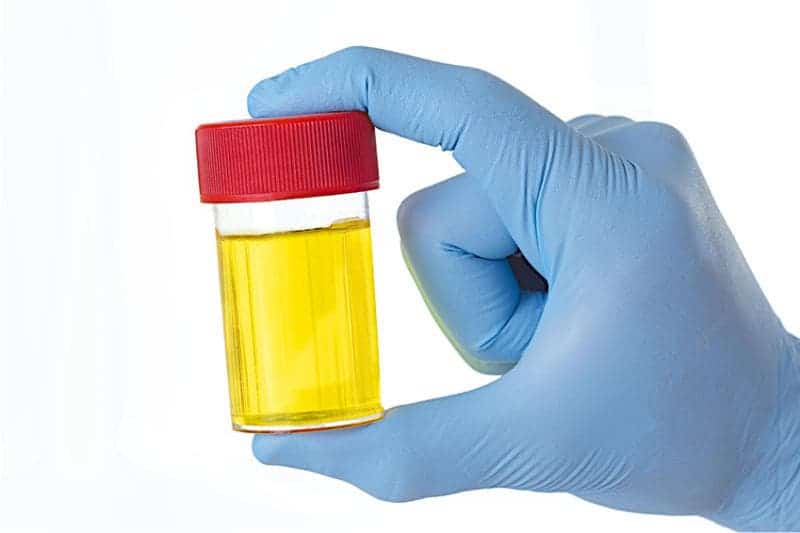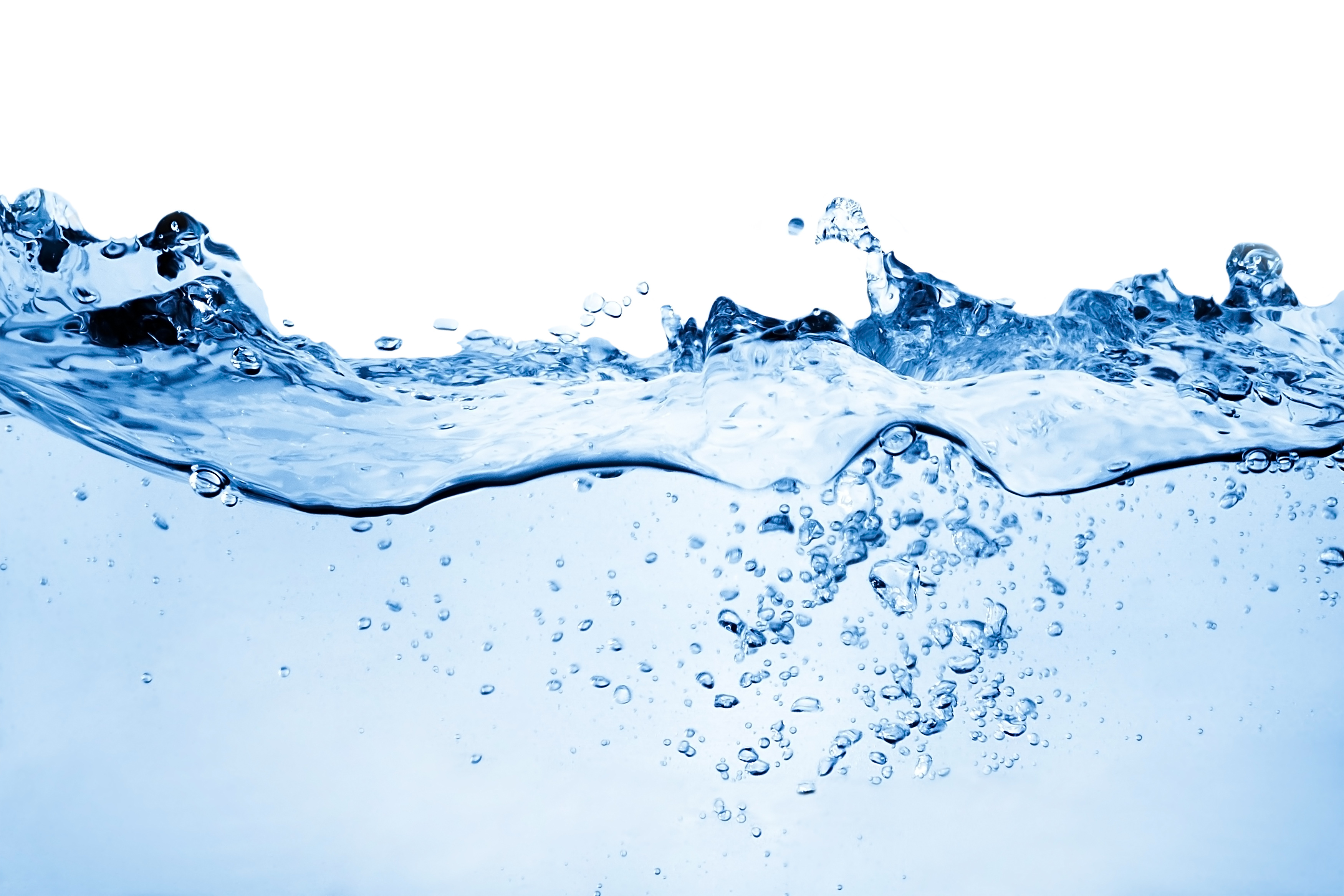
Racing through contemporary life gets in the way of remembering something as simple as adequate hydration. Busy lives and endless to-do lists make it all too easy to forget the simple act of grabbing a glass of water. But this seemingly trivial error contains some serious consequences, which makes daily hydration an essential component of overall health.
Water is more than a drink-it’s a basis of body function. Water, GP Neel Patel says, plays a significant internal function. It controls body temperature, it also helps the body in its primary functions, and it helps digest and with the elimination of waste.
When you’re not drinking enough water, the signs may be subtle. Dr. Patel highlights persistent fatigue and uncomfortable constipation as early indicators. The NHS recommends six to eight cups of fluids daily, including water, lower-fat milks, and even unsweetened tea or coffeebut proper hydration goes far beyond this basic guide.
Most individuals are experiencing mild dehydration and do not even know it. Arizona State University Hydration Science Lab director Professor Stavros A. Kavouras discusses how a small deficit in hydration impacts the way we feel and function on a daily basis. It can become associated with terrible diseases long-term, such as hypertension, diabetes, and even dementia.

We are composed of more than 60% water. It’s not only in the blood, it’s in bones and cells and affects temperature regulation, metabolism, and health. It is vitally necessary to preserve that even if there’s only a minor loss.
Even a single drop of fluid at a paltry 2% slows down the mind. Experts from the Hungarian Dietitians’ National Association agree that this slight loss can lead to fatigue, headaches, and lack of concentration. Professor Kavouras concludes that water is part of virtually every important body function.
Core Body Functions
- Water helps control body temperature and eliminate waste and digest food.
- It supports heart and kidney function.
- Physical functioning is enhanced by proper hydration.
Daily Fluid Loss
- We lose approximately 2–2.5 litres of fluid per day in sweat, urine, bowel movement, and respiration.
- Replacing it on a daily basis is essential to ensure internal equilibrium.
No One-Size-Fits-All Rule
- NHS recommends six to eight cups a day, five of water.
- The European Food Safety Authority recommends 2 litres per day for women and 2.5 litres per day for men.
- The Institute of Medicine advises more: 3.7 liters for men and 2.7 liters for women.
- The original “8 glasses a day” mantra (approximately 1.9 liters) is simple to remember but it has no scientific basis, according to registered dietitian Renee Fitton.
Fitton explains that while this guideline serves as a good rough guide, individuals’ own hydration needs vary according to a variety of personal factors. That is why one size is not the same as another.

Influencing Factors for Hydration Needs:
Body Size and Gender
- Taller and heavier individuals need more water.
- Men and women vary in their hydration needs.
Physical Activity Level
- The more you exercise physically, the higher you will perspire and hence your water requirement will be higher.
- Outdoor laborers or athletes need to keep their intake proportional.
Climate and Environment
- Hot and dry climatic conditions lead to loss of body fluids.
- Individuals residing in desert environments require higher fluid intake compared to individuals residing in humid environments.
Health Status and Medications
- Fever, diarrhoea, or vomiting lead to massive fluid loss.
- Medications may alter how your body retains or loses fluid.
Life Stages
Pregnant and breastfeeding women require extra fluid for circulation and milk production. Older adults may be less thirsty and need to take fluid in often.
Individuals with active occupations require more fluid than office workers who remain seated. The US Centers for Disease Control and Prevention (CDC) advises drinking 8 ounces of water every 15 minutes for workers exposed to outdoor temperatures in heat. Hydration must also occur before and after exercisenot only during.
Exercise affects hydration as well. Even in cold weather, sports and exercise cause fluid loss through sweating. As the intensity of activity increases, so does water intakepre-, during-, and after activity. Dry climates also increase fluid needs.

Special Situations and Health Conditions
Increase of fluid intake is needed during pregnancy and lactation to sustain body functions as well as fetal development. Fever, vomiting, or diarrhoea can also cause perilous fluid loss. Replenishment of water is thus necessary during these times, especially in children and the elderly who are most at risk of fluid imbalance.
The older adults lose the feeling of thirst. Some of them consume less fluid to limit bathroom use. Illnesses and medications also interfere with fluid balance. Assisting them with regular fluids such as water, soup, or unsweetened tea yields positive changes. Professor Dileep Lobo’s work shows that dehydrated elderly hospital patients remain longer in hospitals and have a 6% increased mortality.
How Dehydration Affects the Body
Physical Symptoms
- Dehydration starts subtly with thirst, parched mouth, and tiredness.
- Even a 2% drop in body weight due to loss of fluid (approximately 1.4 litres in an adult weighing 70 kg) impairs mental and physical performance.
Cognitive Decline
- Our brain contains approximately 80% water.
- Low-grade dehydration diminishes memory, concentration, and motor skills.
- Work in the office, driving, and making decisions can be affected.
Headaches and Confusion
- Shrinkage of brain tissues during dehydration compresses nerves, resulting in headaches.
- Rehydration within the first hour usually treats the pain.
- Water reduces attacks in migraine sufferers in relation to consumption.
Fatigue and Work
- Dehydration accounts for 1 out of every 10 GP consultations for tiredness.
- Exercise becomes tiring is more so in older persons.
- Mild dehydration is linked with greater blood viscosity, which makes the heart work harder.
Moderate to Severe Dehydration
There are more serious symptoms at 4% body fluid lossdizziness, increased body temperature, and syncope may occur. Severe dehydration (loss of 10%) is a medical emergency and may cause seizures, organ failure, or death. Hot weather elevates these risks very much.

How to Know if You’re Dehydrated (Other Than Feeling Thirsty)
- Urine Colour: Straw yellow is best. Darker colour indicates you need more water.
- Frequency of Urination: Seven to eight times daily is a good guideline.
- Dry Lips or Mouth: Normal early signs.
- Muscle Cramps: Can be a sign of fluid and electrolyte imbalance.
- Skin Elasticity: Pinch your skin; if it doesn’t bounce back to normal, you might require additional fluids.
Dr. Lobo indicates that urine color is a proper measure of hydrationalthough some medication and some foods can disrupt this. He also recommends frequent sipping, particularly in the elderly, since thirst may not strike until dehydration sets in.
Simple Strategies to Increase Daily Hydration
Make Water Accessible
- Use a water bottle to monitor use.
- Travel mugs larger than a litre can contribute half your need per day.
Flavor and Variety
- If water is flat, experiment with diluted squash, slices of citrus fruits, cucumber, or berries.
- Sparkling water is a low-calorie version with a bit of fizz.

Set Reminders
- Utilize alarms or phone apps to remember to drink water during the day.
- Drinking one glass every two hours is a simple habit to develop.
Eat Your Fluids
- Fruits and veggies are full of water.
- Watermelon (92%), strawberries (91%), and oranges (87%) account for a large percentage.
- Soups, stews, pasta, rice, and cucumbers also count.
Reduce Salty Foods
Bacon and cheese foods make your body work harder to process the sodium. Reducing salt enables your body to retain fluid.
The Hungarian Dietitians’ National Association estimates that between 20–30% of your fluid needs are supplied by food. So, eating hydrating foods counts for as much as drinking.

Hydration and Athletic Performance
For competition athletes, water is not just a health necessity’s a performance booster. Experts Heather Milton and Katie Kissane recommend that athletes:
- Begin the day with 16–20 ounces of water.
- Take fluids in gradually throughout the day.
- Avoid over-consuming bedtime fluids to avoid disrupting sleep.
To monitor sweat loss, weigh before and after exercise. To replenish each lost pound, take 16–20 ounces of water. If not feasible, monitor urine color and take proportionately.
Prior to exercise, drink 16–20 ounces one hour beforehand right before, which will upset your stomach. For long exercise, drink 4–5 ounces every 15 minutes. Intake should vary depending on weather, humidity, and intensity.

Hydration and Weight Management
Drinking water can also aid in weight loss. Water has zero calories, and it also raises one’s metabolism to a certain level. Two glasses of water intake prior to eating suppresses hunger and enables a person to eat less.
In a study, 50 women who were obese consumed 500 ml before meals for two months. They lost weight in body, BMI, and body fat. Water washes out the toxins from your body and helps you lose bloating, and you will feel lighter and have more energy.
Dropping sweet drinks and switching to water is an easy calorie-reducing step. Water is also essential for burning dietary fat. You may experience cramps that are hunger pangs but are actually thirstthe take a glass of water before you reach for anything else.

Warning: Risks of Overhydration
Though uncommon, excessive water drinking causes water poisoning or hyponatremia. Hyponatremia dilutes sodium levels, producing confusion, headache, cramps, and in severe situations, seizure or death. It typically strikes endurance athletes who do not replenish lost salts.
- Drink when thirsty.
- Have salty snacks or sport drinks during prolonged or strenuous exercise.
- Do not push amounts if full or suddenly see weight gain during exercise.
Tuning in to your body’s cues and the actual science of hydration can safeguard your well-being and maximize your functioning. There is no one-size-fits-all magic number, but with intentional monitoring, sane strategies, and incremental daily rituals, you can effectively manage your fluid requirements




